So I get to talk to a lot of interesting people since I finally managed to figure out the phone system enough to get the AWCC office number forwarded to my cell phone. One of the most common types of calls we get is from neighbors who have questions about complying with the historic guidelines for renovations. Well, aside from the electric company scammers trying to get me to tell then our account number so they can process our “rebate”: seriously, guys, if you were Duquesne Light you would KNOW our account number ALREADY. Anyway. Those calls from neighbors – coupled with the fact that I seem to have spent more than the normal amount of time this month in meetings that have “Enforcement” as an agenda item – means that I have been doing a lot of thinking about why it’s so important, as a property owner in the neighborhood, to continue to follow the historic district guidelines. So, even though it was, frankly, really frustrating that, in order to replace the person-door on our garage (of which approximately one square foot of was actually visible from the street) we ended up paying more in permit fees than the door itself cost AND we missed the deadline for the May Historic Review Committee agenda so we didn’t actually manage to get the approval in time to get the door replaced for the wine tour which was the entire point of replacing the door in the first place…
Anyway.
My point is that it can sometimes be challenging to explain to new neighbors, or even neighbors who have been here a while, WHY those rules are so important to follow even though they can be inconvenient and expensive. There’s some really interesting (well at least to me, but I’m kind of an archaeology nerd) work being done looking at the positive effect that enforcing historic preservation guidelines have on local property values. If you’re the kind of person that finds abstract evidence based arguments compelling a quick Google search on “historic preservation property values” should keep you happy for a good long while. Honestly, though, I’d really like some help making a more visceral case to folks about why the guidelines are important whether it’s a new neighbor or our new building inspector from BBI. I think, for the neighbors who have spent the last 30+ years watching their hard work come to fruition, the need to enforce the historic guidelines is obvious. But when we moved in even 7 years ago, Allegheny West was already gorgeous; our street was described as “the most beautiful street in Pittsburgh”. Our house was (and still is – we appreciate your patience!) one of the few houses not completely restored on Beech.
I realized this month though that the only photos I’ve seen of Allegheny West are either from the very early days of the neighborhood, 1870-1910 – before urban “renewal” (ha!) and the collapse of the steel industry wreaked havoc – or more recent photos meant to showcase the neighborhood for tours or the website. What I haven’t seen and what I’m hoping neighbors (you!) can provide are essentially the “before” pictures from the time period when the historic preservation guidelines went into effect. Before AWCC spent 50 years putting on tours and buying and stabilizing properties with the proceeds. Before neighbors got together on Saturdays to literally hand build brick sidewalks. Before folks wrote grants and property owners paid assessments to completely redo Western Avenue’s infrastructure. As part of the lead up to the 50th Anniversary of AWCC we’d like to share some of those “before” pictures. If you have photos of your house, interior or exterior, or even better, of the street, from “before” it was renovated please send them to: president@alleghenywest.org. We’d like to start a section in the newsletter and on the website of “Then and Now” so that we have something concrete to point to about what can happen to our neighborhood without the protection of the Historic District guidelines.
Catherine Serventi
President, AWCC
